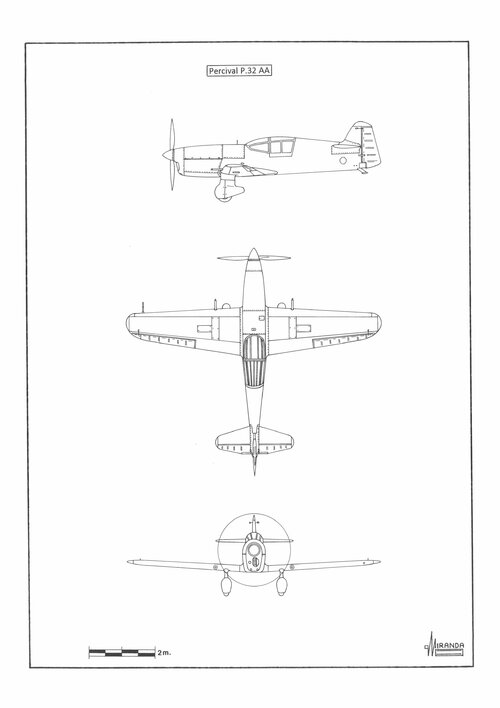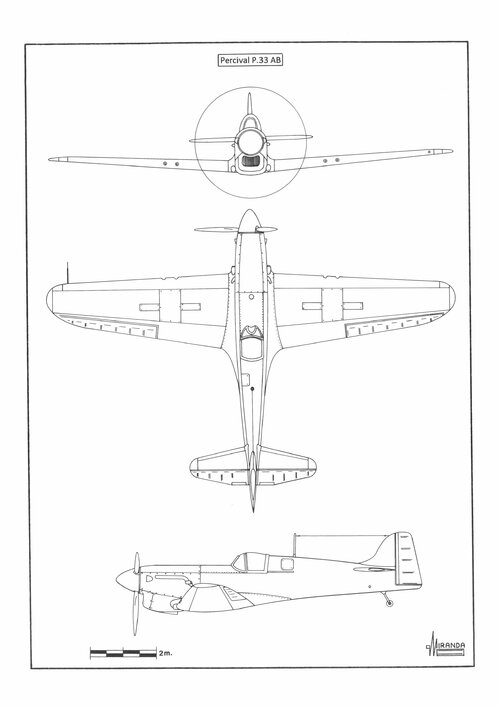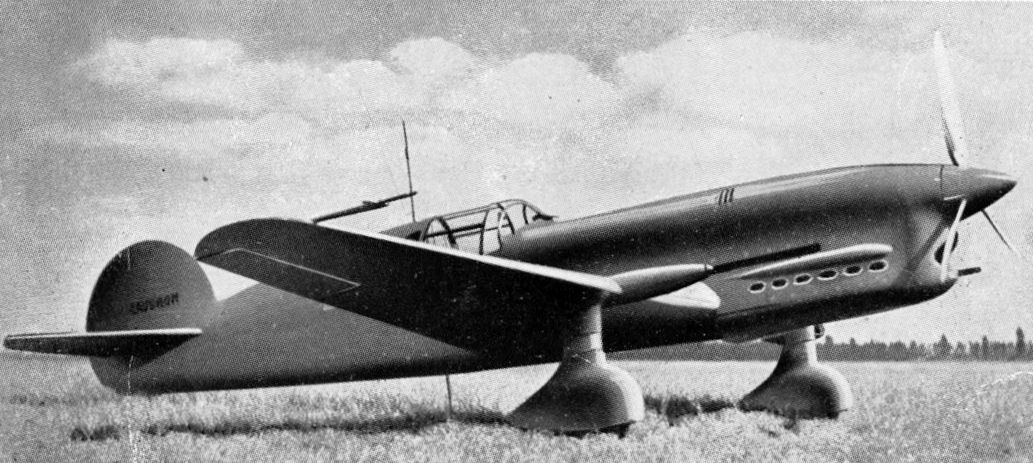Percival company produced, among other, a handful of racing monoplanes, that snatched many accolades for their achievements. So let's say Percival gets into the fighter business from 1937-ish on, concentrating on making streamlined A/C that can use 'yesterday's' engines and still perform. For starters, a fighter that looks like the Mew Gull, but it is bigger. Wing is double the area (175-180 sq ft), still with fixed U/C, engine is the Kestrel of 745 HP at 14500 ft (same as installed in late Furies for Yugoslavia). Six .303s in the wings. We can expect it to perform better than the Ki-27 due to less drag and better power at altitude, the Ki-27 being good for 290 mph.
Later, have other and/or better engines installed, while a pair of cannons replaces two pairs of .303s. Licence production in Canada and/or Australia?
Any other ideas?
Later, have other and/or better engines installed, while a pair of cannons replaces two pairs of .303s. Licence production in Canada and/or Australia?
Any other ideas?



